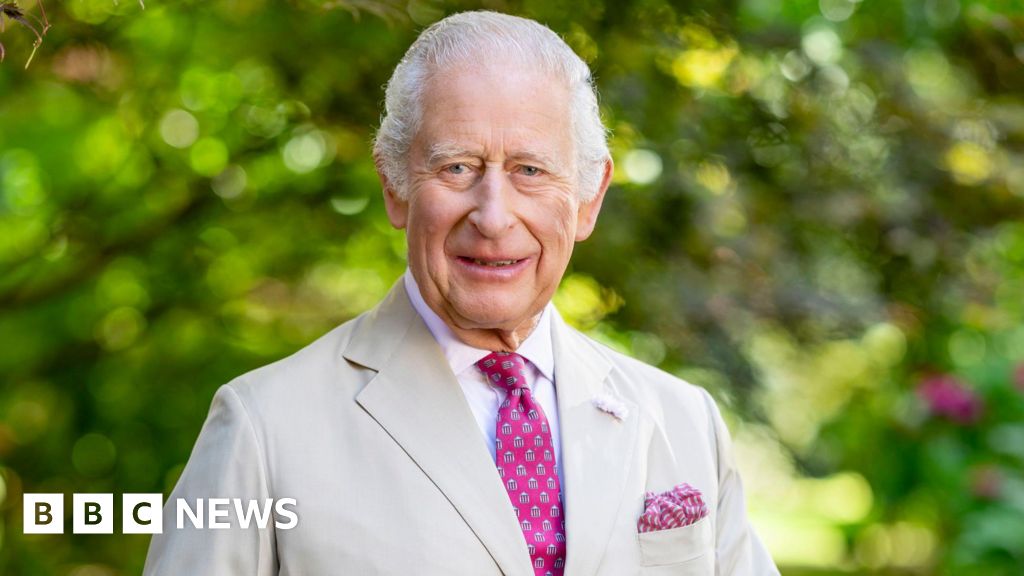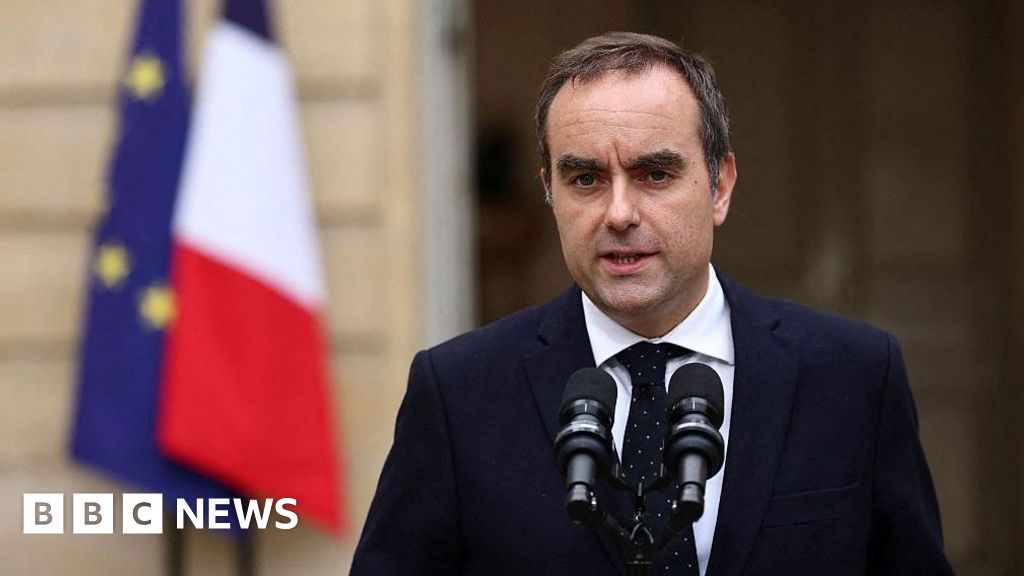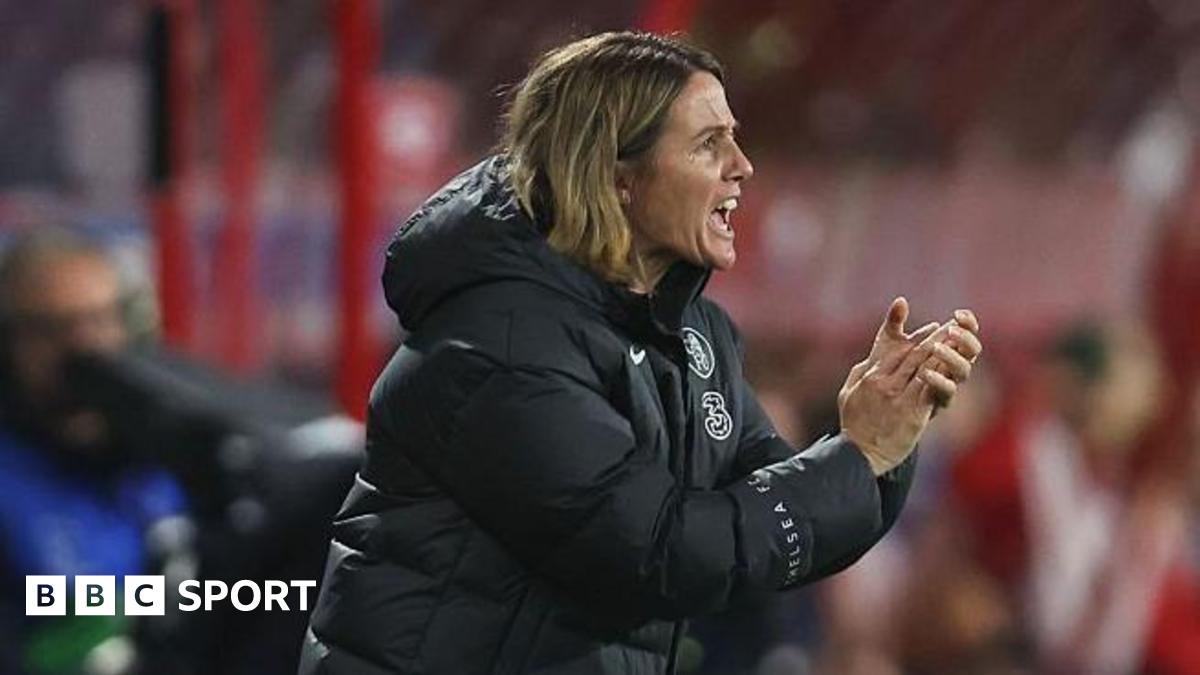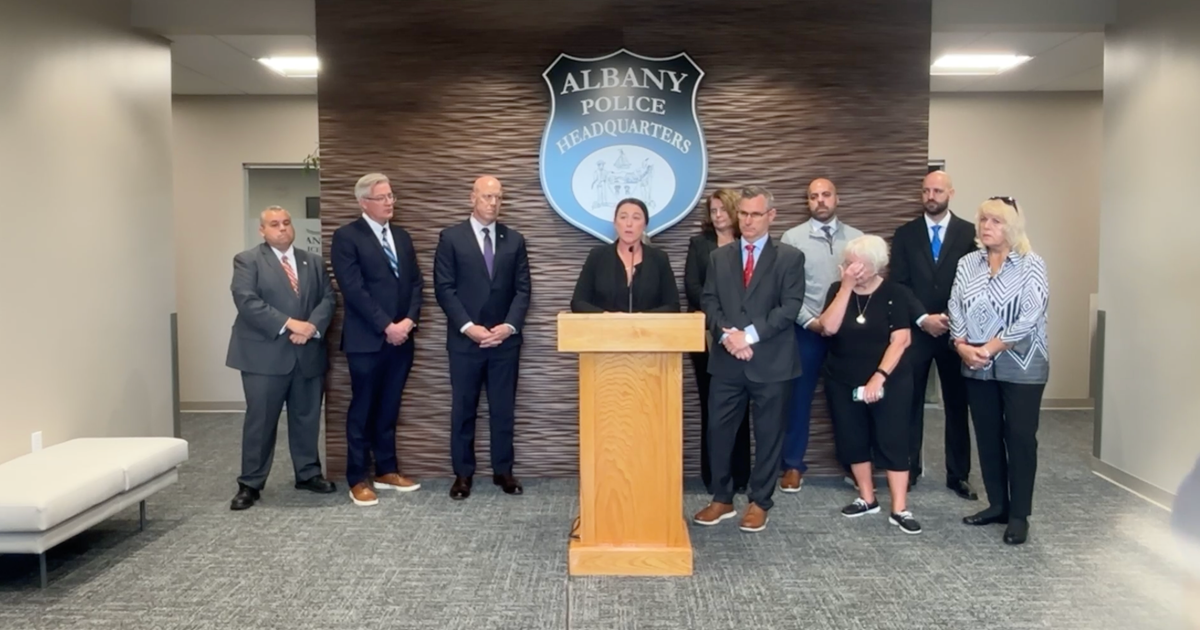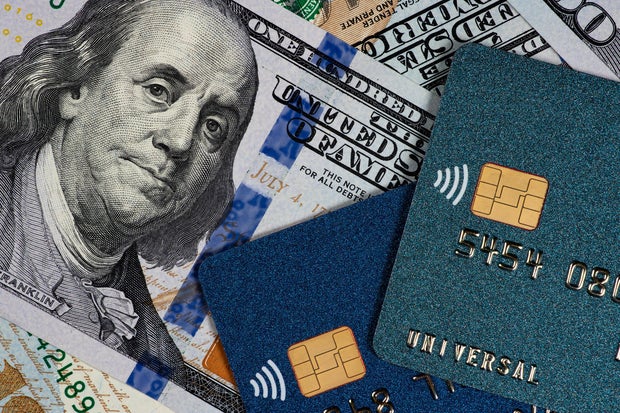 When your credit card debt tops $50,000, understanding your relief options is critical.
Getty Images/iStockphoto
When your credit card debt tops $50,000, understanding your relief options is critical.
Getty Images/iStockphoto
Credit card debt has been climbing steadily over the past few years and recently hit a new milestone when it topped a collective $1.21 trillion nationwide. At the same time, the average annual percentage rate (APR) on credit cards assessed interest is hovering above 22%, making it harder than ever for cardholders to keep up with their monthly payments. For some credit card users, though, the problem is even bigger: They're facing balances that exceed $50,000, spread across multiple high-rate credit cards.
If you're in that situation, you may be looking for a way to avoid bankruptcy while tackling the problem head-on. One option that often comes up is credit card debt forgiveness, also known as debt settlement, which is a strategy in which you work on your own or with the help of a debt relief company to negotiate lump-sum payoffs that are less than what you owe. That can sound appealing, especially when your credit card balances feel unmanageable. But is this strategy realistic when your debt totals are that high?
With $50,000 in credit card debt, you owe enough that creditors might be willing to negotiate, but you also face complications that someone with smaller balances might not encounter. So, before you make any decisions, you need the full picture of whether debt forgiveness is a realistic option at this level.
Compare your credit card debt relief options to find the right fit now.
Is credit card debt forgiveness an option if you owe over $50,000?
The short answer is yes, credit card debt forgiveness can be an option even when your card balances are close to or exceed $50,000. When the numbers get this high, credit card issuers often become more willing to accept a reduced lump sum payment rather than risk getting nothing at all if you file for bankruptcy.
However, qualifying for credit card debt forgiveness generally requires meeting certain conditions. Here's what's typically expected if you want to take this route:
You'll typically need a financial hardship
Debt forgiveness isn't designed for people who can comfortably make their minimum payments. It's for those who are struggling. That usually means you're facing a documented hardship, such as job loss, reduced income, divorce, illness or another major life event that has made it difficult to stay current on your credit card bills. These types of hardships are used as leverage when negotiating with creditors.
Learn more about the strategies that can be used to tackle your high-rate debt today.
You must be behind (or willing to fall behind) on payments
Creditors generally won't accept a settlement for debts that are current because they have little incentive to accept less than what they're owed when payments are being made. That means that debt forgiveness typically requires you to stop making payments, which can damage your credit score, lead to late fees and collection calls and possibly trigger legal action. If you're already delinquent on $50,000 or more in credit card debt, this may not be a new issue, but it's still a serious consideration.
You'll need to accumulate funds to offer as settlements
Debt forgiveness doesn't erase your debt for free. When you stop paying your creditors, you will typically divert those funds into a separate account. Once you've saved up enough, the negotiation process starts to try and get your creditors to accept lump-sum payoffs, often between 50% and 70% of what you owe. With $50,000 in debt, that could mean needing to save $25,000 to $35,000 over a period of 24 to 48 months. If you can't reliably save that much, the negotiation attempts may fail.
Professional help is usually required at this level
While DIY credit card debt forgiveness is possible, negotiating multiple large balances on your own can be complex and risky. Many borrowers turn to accredited debt relief companies to handle the negotiations, structure payments and comply with regulations. You'll typically pay fees that are equivalent to a portion of the total enrolled debt in return for this help, but only after settlements are reached.
Other options to consider if your credit card debt is this high
Debt forgiveness is just one potential solution if you're in this situation. Depending on your credit, assets and income, there may be other strategies worth exploring, including:
- Debt consolidation: If you still have decent credit, a debt consolidation loan can allow you to combine multiple credit card balances into a single loan with a lower interest rate. This can make repayment more manageable, though qualifying for a loan this large may be challenging.
- Home equity borrowing: Homeowners sometimes use home equity loans or home equity lines of credit (HELOCs) to consolidate high-rate credit card debt at much lower rates. These are secured loans, though, which means your home is on the line if you can't keep up with the payments.
- Credit counseling: Credit counseling agencies can help you create a debt management plan, which streamlines your payments and can dramatically reduce interest rates and fees. You'll still pay the full balance, but this can make repayment more affordable.
- Bankruptcy: For borrowers with very high debts and little ability to pay, Chapter 7 or Chapter 13 bankruptcy may be the most logical route. Bankruptcy has severe credit consequences, but it can offer a faster, more definitive path to a clean slate.
The bottom line
Owing $50,000 or more in credit card debt can feel overwhelming, but it doesn't have to be the end of the road. Debt forgiveness is a viable option, but it comes with strict requirements, upfront savings commitments and serious credit impacts, so it's typically best suited for people who are already behind, have a legitimate hardship and can commit to a structured multi-year program. Before enrolling, consider all your options carefully to make sure you choose the strategy that aligns with your financial reality. When you owe this much, making a well-informed decision is critical.
Angelica Leicht is the senior editor for the Managing Your Money section for CBSNews.com, where she writes and edits articles on a range of personal finance topics. Angelica previously held editing roles at The Simple Dollar, Interest, HousingWire and other financial publications.




